In the modern workplace, two concepts often arise in discussions about diversity and inclusion: equality and equity. While they might seem similar, understanding the difference between these two is crucial for creating a fair and inclusive work environment.
Defining Equality and Equity
Equality refers to providing every individual with the same resources or opportunities. In the workplace, this means ensuring that all employees have access to the same tools, training, and opportunities for advancement. The idea of equality is rooted in the principle of fairness and the belief that everyone should be treated the same way.
Equity, on the other hand, recognizes that each person has different circumstances and allocates the exact resources and opportunities needed to reach an equal outcome. In the context of the workplace, equity takes into consideration the varying challenges and barriers faced by individuals. It’s about providing each employee with what they need to succeed, which might not be the same for every person.
Why they matter
Equality and equity are important because they address fundamental issues of fairness and justice in the workplace. While equality aims at treating everyone the same, equity seeks to address systemic inequalities and provide support based on individual needs. Both concepts play a crucial role in creating a work environment where every employee, regardless of their background, has the opportunity to thrive.
Examples in the workplace
An example of equality would be providing all employees with the same sized office desk. In contrast, equity would mean offering adjustable desks to accommodate employees of different heights and physical needs.
Another instance is training and development programs. Equality ensures that every employee has access to these programs. Equity, however, would involve offering additional support to those who might need it, such as language assistance for non-native speakers or flexible scheduling for working parents.
Distinguishing between Equality and Equity
The key difference between equality and equity lies in their approach to fairness. Equality is about sameness, providing everyone with the same thing. It assumes that this level playing field is enough to offer everyone the same chance for success. Equity, however, is about justice, recognizing that people start from different places and therefore need different things to achieve similar outcomes.
In the workplace, this distinction is vital. For instance, a one-size-fits-all approach to professional development (equality) may not be as effective as a tailored approach that considers individual employees’ starting points, challenges, and goals (equity).
Implementing Equity and Equality in the workplace
To effectively implement both equity and equality in the workplace, organizations need to:
Conduct an honest assessment of current practices to identify areas where inequality or inequity exists.
Develop targeted strategies to address these issues, which may include personalized training, mentorship programs, or flexible work arrangements.
Foster an inclusive culture where differences are recognized and valued, and where every employee feels supported and empowered.
Understanding and differentiating between equality and equity is essential for creating a truly inclusive workplace. While equality focuses on providing the same resources and opportunities to all, equity goes a step further to recognize and address individual differences and needs. By embracing both concepts, organizations can build a more diverse, equitable, and productive work environment where all employees have the opportunity to succeed and contribute to their fullest potential.






